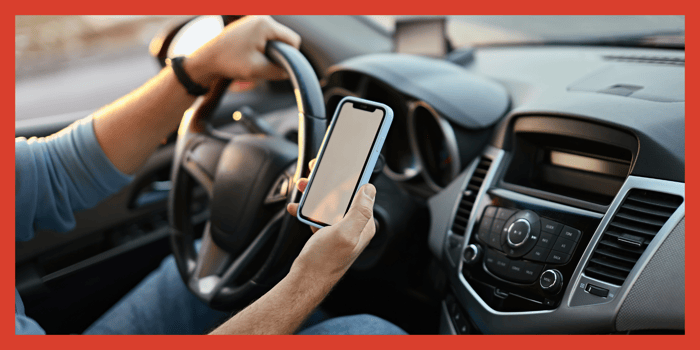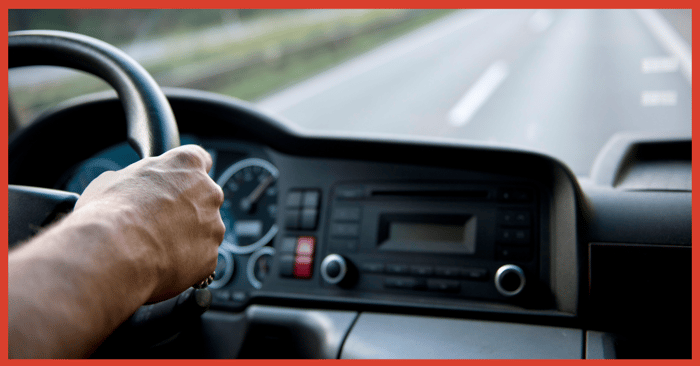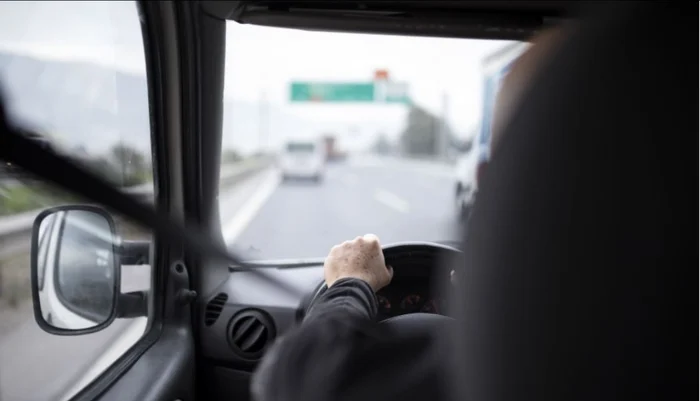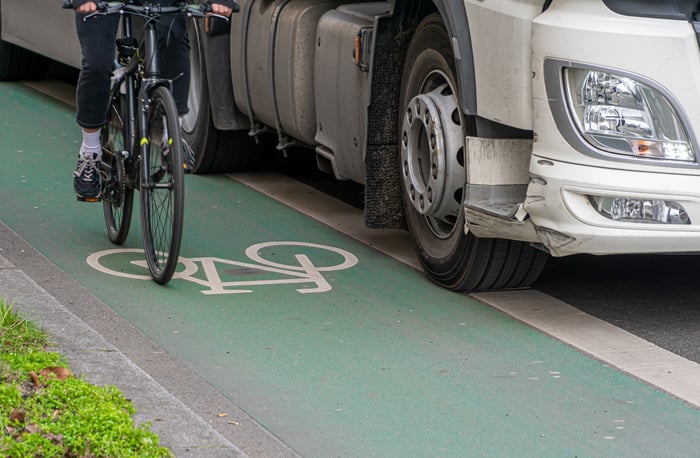Night-time Collision Warning
Written by Lisa Aceti | Read
Overview
In its recently released overview of fatal collisions in 2018 the National Transportation Safety Board (NTSB) had a mix of good news and bad news. On the positive side there was a 2.4 percent drop in the number of those killed in traffic crashes overall. Unfortunately, the fall in vehicle-occupant fatalities was accompanied by a 3.4 percent increase in the number of pedestrians killed in crashes and a 6.3 percent increase in the number of pedalcyclists killed in crashes.
What’s even more striking are the statistics for nighttime fatalities – according to the NTSB, fatality rates went up even more at night with a rise of 4.6 percent for pedestrians and 9.2 percent for pedalcyclists. The 2017 figures released in March 2019 showed that 76% of pedestrians killed in collisions were killed after dark.
It seems clear that protecting vulnerable road users at night must be made a top priority. The first step is educating drivers for better and safer night-time driving.
With that in mind, we’ve put together a list of steps drivers can take to help improve night-time driving, thereby helping protect vulnerable road users and themselves:
Top 5 Tips to Improve Night-time Driving
-
Keep it Clean
Keeping your headlights and windshield clean can-do wonders for your night vision. It’s important to remember that a window may appear to be clean during the day but still contain streaks that will show up after dark. One trick recommended by Popular Mechanics is to clean the windshield with newspaper while taking care not to touch it (or any mirrors) with your hand. Skin contains oils that can smudge glass and impair your night-time view. -
Heads Up
Many of us take headlights for granted – if they’re working, great. If not, replace them. However, headlight maintenance can also have a significant effect on night driving. A 2018 report by the American Automobile Association, showed that clouded or yellowed headlights generate only 20% of the light generated by new headlights. The filmy discoloration is caused by sunlight and can significantly affect how you see the road at night. So, don’t just check to see if your headlights are working, make sure they are working well. -
Glaringly Obvious
One of your big enemies when driving at night is light – generally the glare from other drivers’ headlights. This is especially true when oncoming drivers neglect to switch off their high beams. According to Green Flag, studies have shown it can take up to 10 seconds to recover from car headlights. They also note that according to police data, accident investigators reported ‘dazzling headlamps’ as an influence in 10 fatal crashes, nearly 70 serious accidents and more than 250 other accidents in 2017. According to WorldSafety2018, you can fight headlight glare by making sure you don’t stare directly at oncoming headlights and instead shift your gaze to the road markings to your left. -
Drowsy Driving
While the dangers of drink driving and the severe consequences of doing so are clear to drivers across the world, the same cannot be said about drowsy driving. A campaign launched in 2018 by the AA Charitable Trust showed that one in eight (13%) of drivers admitted to falling asleep at the wheel. Figures from the Department for Transport also show that fatigue let to 62 fatal collisions and 339 serious collisions in 2018. It is therefore vital drivers take steps to avoid drowsy driving; among the most important is getting a good night’s sleep before a long drive. -
Night-time collision avoidance
With all the challenges faced by night-time drivers it’s critical to support them in any way possible. Over the years, collision avoidance systems have proven themselves in protecting drivers and other road users, like with P&B Transport for example. While systems such as the Mobileye 6 have been effective at detecting vehicles at night, the newly released Mobileye® 8 Connect™ [CC1] has added night-time* detection of pedestrians and cyclists to its features. The system constantly scans the road ahead for potential obstacles and alerts drivers to their presence; and, of course, it never gets tired, drowsy or distracted. These alerts can give drivers the time they need to avoid or mitigate collisions.
Our job is to help you navigate the options. Contact us today to learn how you can protect your fleet and drivers, day and night.

*The system can work in extremely low light but not in complete darkness. Exact specifications and limitations are set out in the relevant user manual.





